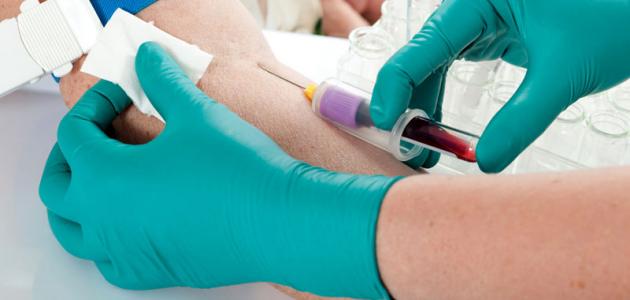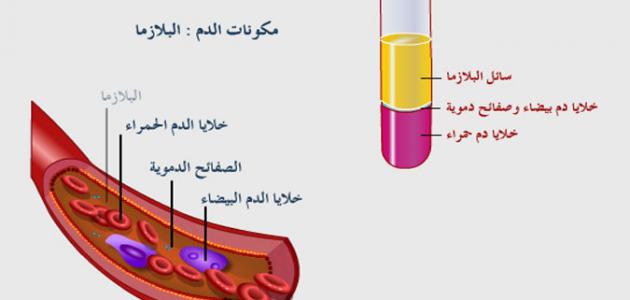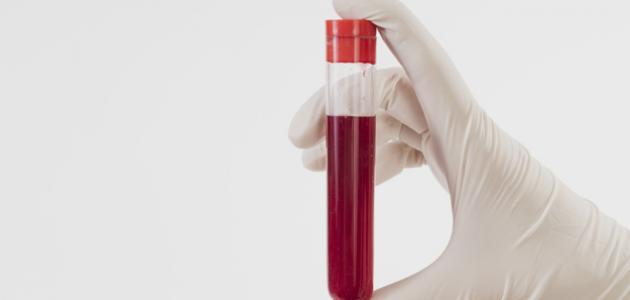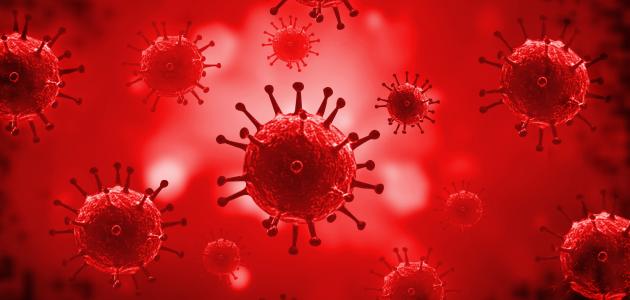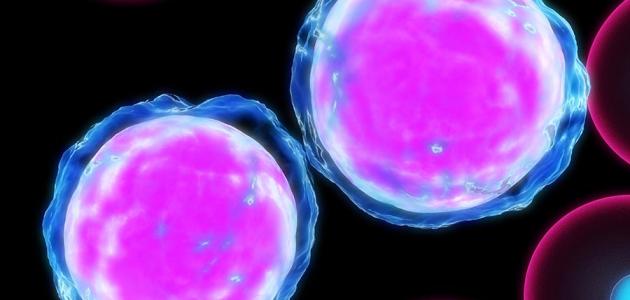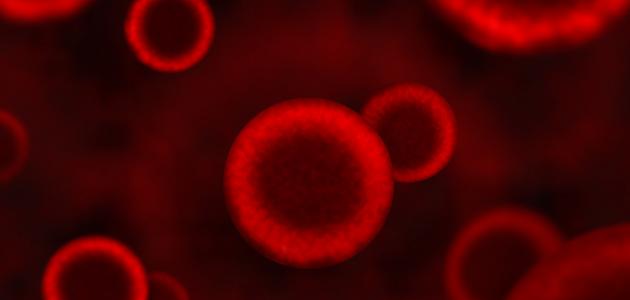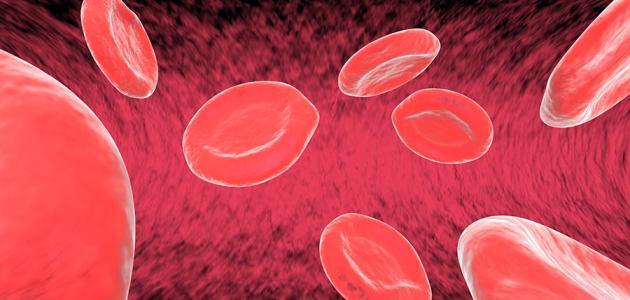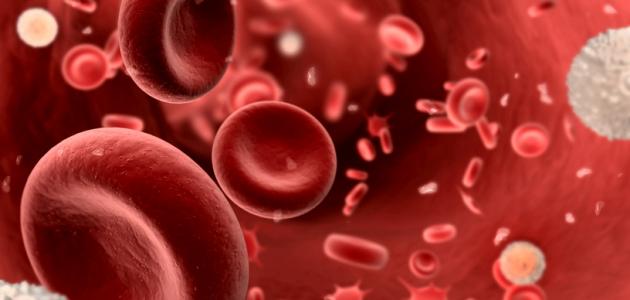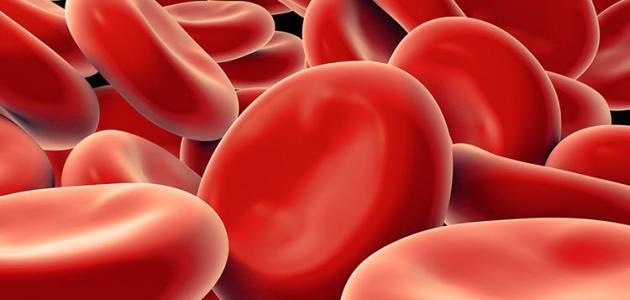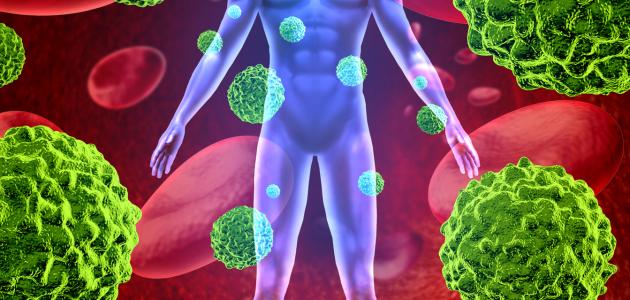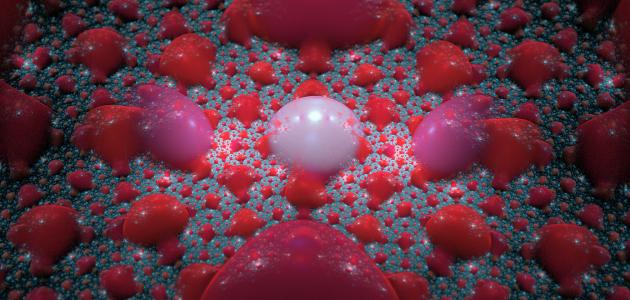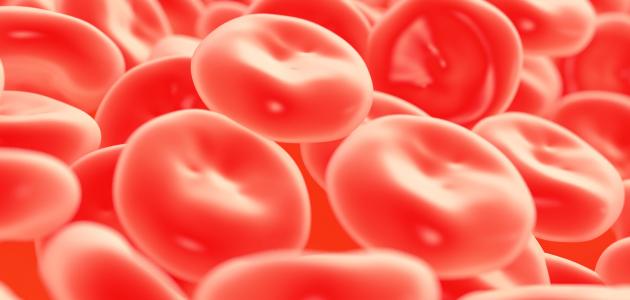Contents
Hemoglobin
Hemoglobin is a complex protein found in red blood cells , and it contains an iron molecule, which is responsible for carrying oxygen from the lungs to all cells of the body, as well as replacing this oxygen with carbon dioxide, then carrying carbon dioxide to the lungs, and the iron molecule in Hemoglobin in maintaining the normal shape of red blood cells, and the normal proportions of hemoglobin vary from person to person, according to age and gender. At birth, its ratio ranges between 13.5 to 24 g / dL, after which this percentage decreases in children under 12 years to between 11.5 and 15. 5 g / dL, and in adult females the hemoglobin rate is between 12 and 16 g / dL, and in adult males it ranges between 13.6 and 17.7 g / dL. [1]
Causes of hemoglobin deficiency
When suffering from hemoglobin deficiency, the percentage of this molecule in the patient's blood is less than the minimum for his sex and age, then he suffers from anemia, and anemia is the most common blood disease in the world, as one study indicates the suffering of approximately 3.5 million people in the United States Americana is one of the many types of anemia, as there are nearly 400 types of it. As for the most important causes of hemoglobin deficiency and anemia, they are divided into three main sections as follows: [2]
- Anemia resulting from bleeding: as it is accompanied of course by the loss of red blood cells, and the bleeding may occur slowly and over a long period of time, and therefore it is difficult to detect, and such chronic bleeding may occur as a result of several cases, the most prominent of which are:
- Suffering from gastrointestinal diseases: such as stomach or duodenal ulcers, as well as hemorrhagic, or gastric lining inflammation, in addition to cancer .
- Excessive use of NSAIDs: they contribute to ulcers and inflammation of the stomach lining.
- Menstruation and childbirth in women, especially if the bleeding of the menstruation is severe, or if there are multiple pregnancies.
- Anemia resulting from a defect in the production of red blood cells: in this type, small numbers of red blood cells are produced, or the produced cells are unable to perform their function properly, and this may happen as a result of a deficiency of minerals or vitamins that are involved in the synthesis of red blood cells, As for the most prominent morbidities causing this type of anemia, they are as follows:
- Sickle cell anemia: It is a hereditary disease in which red blood cells are crescent-shaped, and thus these cells break down easily and this causes anemia, as well as a decrease in the supply of oxygen to the body's cells, in addition to the possibility of dysfunctional cells stuck in the small blood vessels causing pain in these patients .
- Anemia caused by iron deficiency : It is responsible for the manufacture of red blood cells , bone marrow needs iron ; To make the hemoglobin molecule, and this type of anemia occurs due to several causes, such as not eating iron-rich foods, or an increased need for it in the body during pregnancy or lactation, in addition to donating blood frequently, or suffering from digestive diseases such as Crohn's disease, which affects the intestine Or, removing parts of the stomach or small intestine, as well as consuming certain types of drugs, foods or drinks containing caffeine.
- Anemia resulting from a lack of vitamins : This happens when there is a decrease in the levels of vitamin B12 and folic acid, which are required for making red blood cells, and the most prominent disease causing this type is what is called pernicious anemia, which causes an imbalance of vitamin B12 absorption , and results either from Crohn's disease, Either by infection with a parasite in the intestine, or when part of the stomach or small intestine is removed, and this type of anemia may result from the wrong diet that does not contain meat rich in vitamin B12, or lack of vegetables rich in folic acid, in addition to drinking alcoholic beverages Excessive use of certain types of drugs, as well as suffering from diseases in the intestine.
- Suffering from disorders in the bone marrow or stem cells: This impairs the body's ability to produce sufficient quantities of red blood cells . Stem cells are found in the bone marrow, and they develop into mature red blood cells, so if the production of these cells is decreased or produced in a disordered manner, or they are replaced by cancer cells, then the patient will develop anemia, and the most prominent cases causing this type are called aplastic anemia, which is In it the ability of the bone marrow to manufacture cells decreases, and in it patients suffer from a deficiency of all blood cells, and it may occur either genetically, or when some damage is caused to the bone marrow; As a result of infection, chemotherapy, or radiation, or taking certain types of drugs, and among its causes is exposure to lead, which is considered toxic to the bone marrow.
- There are also other causes for this type of anemia, such as kidney disease in advanced stages, or having hypothyroidism, in addition to suffering from chronic diseases such as cancer, diabetes , or rheumatoid arthritis , as well as advancing age.
- Anemia resulting from the destruction of red blood cells: This happens when the red blood cells are fragile and do not bear the normal pressure to which healthy cells are exposed, and this occurs when suffering from genetic diseases such as thalassemia, or exposure to the poison of snakes or scorpions, or if the amount of toxins increases in The body is a result of liver and kidney diseases in advanced stages, as well as autoimmune diseases, or when installing artificial heart valves, severe burns, or exposure to certain chemicals, in addition to suffering from an enlarged spleen.
People at high risk of hemoglobin deficiency
Hemoglobin deficiency or anemia is a very common disease, and it affects everyone regardless of age, gender, or race. Adult women are considered the most susceptible people to it as a result of blood loss in the menstrual cycle , and the infection rates also increase among pregnant women as a result of the changes that occur in the blood, and the lack of levels of vitamin B12 and folic acid, and newborns, especially those who are premature or who eat cow's milk lacking in iron more Susceptible to developing iron deficiency anemia, and there are also several factors that increase the chance of developing anemia, such as a diet lacking iron, vitamins or minerals, in addition to losing large amounts of blood As a result of undergoing surgery or exposure to a large wound, as well as suffering from chronic diseases such as kidney disease, liver disease, diabetes, and rheumatoid arthritis,Acquired immune deficiency syndrome , heart disease , thyroid disease, in addition to a family history of genetic diseases such as sickle cell anemia or thalassemia. [3]
References
- ↑ "Hemoglobin Levels" , emedicinehealth.com , Retrieved 3-12-2016. Edited.
- ↑ "Anemia" , webmd.com , Retrieved 3-12-2016. Edited.
- ↑ "Who Is at Risk for Anemia" , nhlbi.nih.gov , Retrieved 3-12-2016. Edited.
